 Arab-Norman Palermo, the Unesco World Heritage town
Arab-Norman Palermo, the Unesco World Heritage town
Medal route between the Arab-Norman Palermo, Monreale and Cefalu. Cathedral in San Cataldo, the Zisa and the two domes: nine sites in the World Heritage List
Arab-Norman Palermo, the Unesco World Heritage town
Palermo collects the title of Unesco World Heritage: approved at the Bonn city tour Byzantine-Arab-Norman embraces Cefalu and Monreale.
Nine in all monuments awarded the prestigious prize on the World Heritage List: the Royal Palace and Palatine Chapel, St. John of the Hermits, the Martorana church, San Cataldo, La Zisa, Admiral Ponte, Palermo Cathedral, the Cathedral of Cefalu the Cathedral of Monreale.
The new route goes, so, in addition to six other sites in Sicily: Agrigento, Siracusa, Noto, Piazza Armerina and the Aeolian Etna.
With this guide to the Arab-Norman monuments of Palermo we want to help scroprire places of the city declared World Heritage by UNESCO. A journey in the footsteps of past art, culture and traditions that show what not to miss on your arrival, what to see during your vacation.
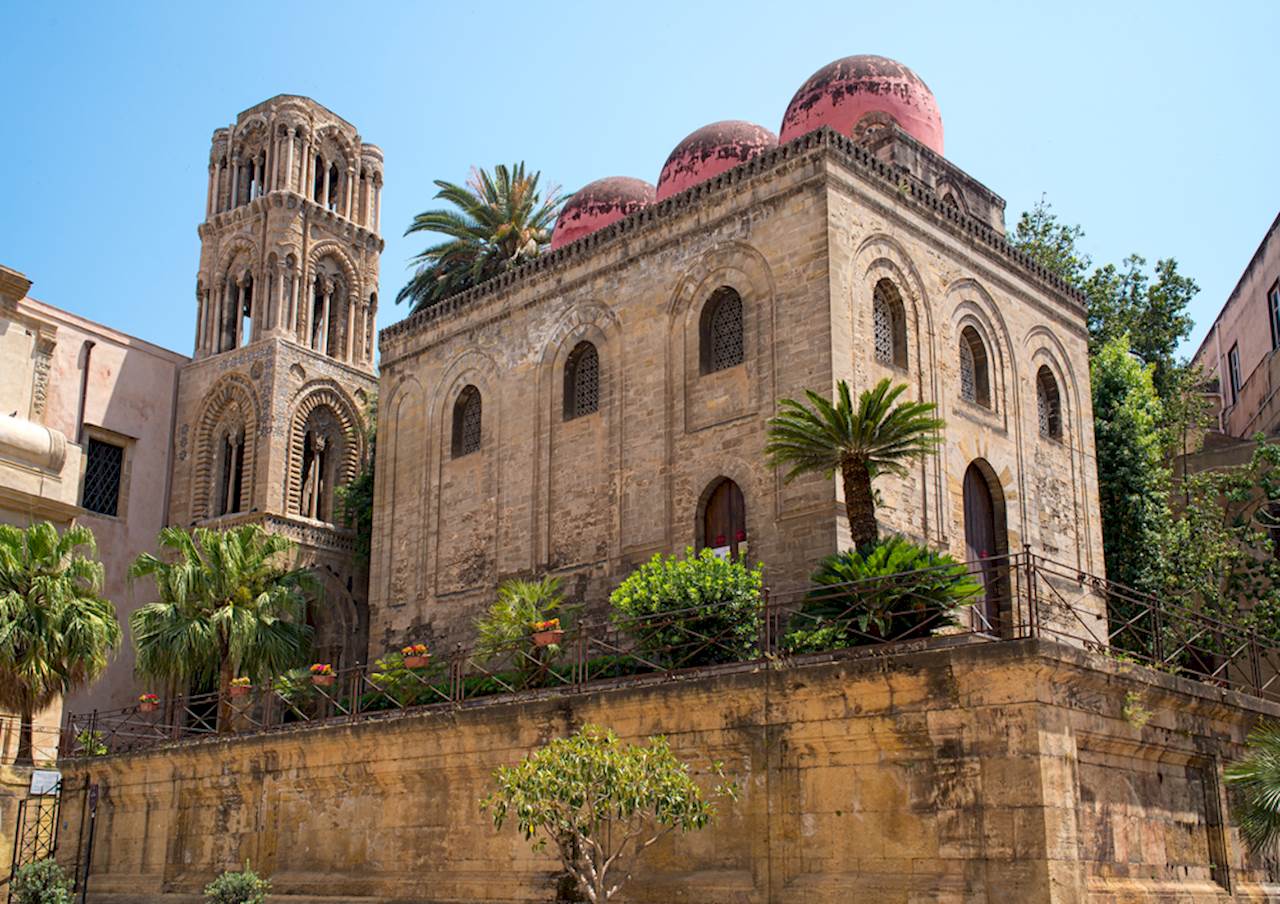
Norman Palace
Passing between Carthage and Rome, Palermo has lived also the Punic Wars. It 'like base Carthaginian which rises Norman Palace. The building has been altered by various cultures: the Arabs in the ninth century, the vagaries Bourbon, through the Byzantine splendor. Marble and ceilings of Arabic origin are mixed with a system of towers and walkways, wanted by William I, in a magical order between art and functionality.
Palatine Chapel
On the first floor of the Norman Palace is the Palatine Chapel. In the twelfth century, the structure, initially conceived and born as a simple chapel, is dedicated to SS. Peter and Paul, becoming Parish. The lives of saints are painted on the two side aisles, accompanied by a mosaic pattern that walks beneath our feet up to the ceiling with stalactites and paintings Islamic style.
Cathedral of Palermo
The history of Palermo goes for its cathedral, new jewel of UNESCO. In Corso Vittorio Emanuele, the Cathedral looks, balanced mix of Baroque and Neoclassical houses the tombs in red porphyry of the great kings, including that of Frederick II, and hides the tiara of Constance of Aragon, valuable historical artifact.
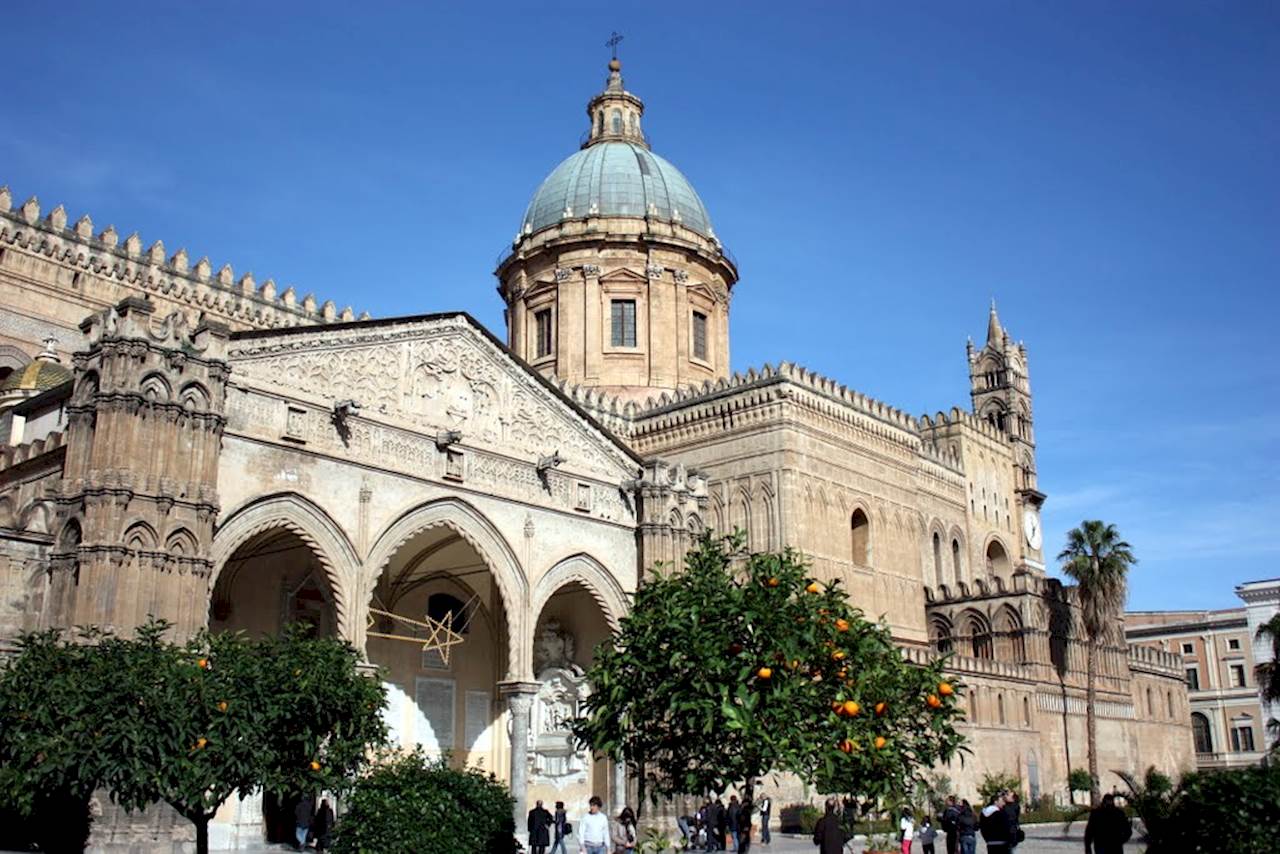
Church of St. John of the Hermits
As a Benedictine appears the Church of St. John of the Hermits. The structure of St. John of the Hermits is so typical with its red domes to be one of the monuments of Palermo entered as a symbol of the city. The dome is a metaphorical appeal, the applicant in the Islamic culture, the earth and the sky and find him in many Arab monuments of the city, such as also to Cuba.
Church of St. Mary's (La Martorana)
Built in 1143 by Admiral King Roger II in 1400 it is granted to the convent of Benedictine nuns, since the Church of St. Mary's is called the "Church of Martorana". From the outside it immediately grasped the strong Arab influence is lost inside, including frescoes, mosaics and a valuable central tabernacle.
Church of San Cataldo
The red domes, typical of Arabic, illuminate the landscape of Palermo and the top of the Church of San Cataldo. Walking inside, we are accompanied by multi-colored marble and porphyry, which lead up to the altar adorned with a cross and the symbol of the evangelists, both engraved.
The Zisa Castle
"Beautiful": this is the translation of "to Aziz," the Arabic name of the building, this is the impression of the visitor, confirmed by its presence in the albo Unesco. The Zisa Castle, of Norman origin, was for years the summer residence of King Sicilians. The arch at the entrance has a fresco, probably of Baroque origin, called "devils Zisa": their arrangement in a circular motion can not count all the figures of the fresco.
Impressive fountains and magnificent gardens surrounding the building, now home to some of the most significant artifacts of Arab origin in the Mediterranean.
The Bridge of the Admiral
The Bridge of the Admiral, who saw a historic victory of the Thousand of Garibaldi against the Bourbon troops, was built by Giorgio D'Antochia, Admiral King Roger, who also built the Church of Martorana Palermo. Orphan of the Oreto River, deflected by time, remains one of the first roads of Palermo.
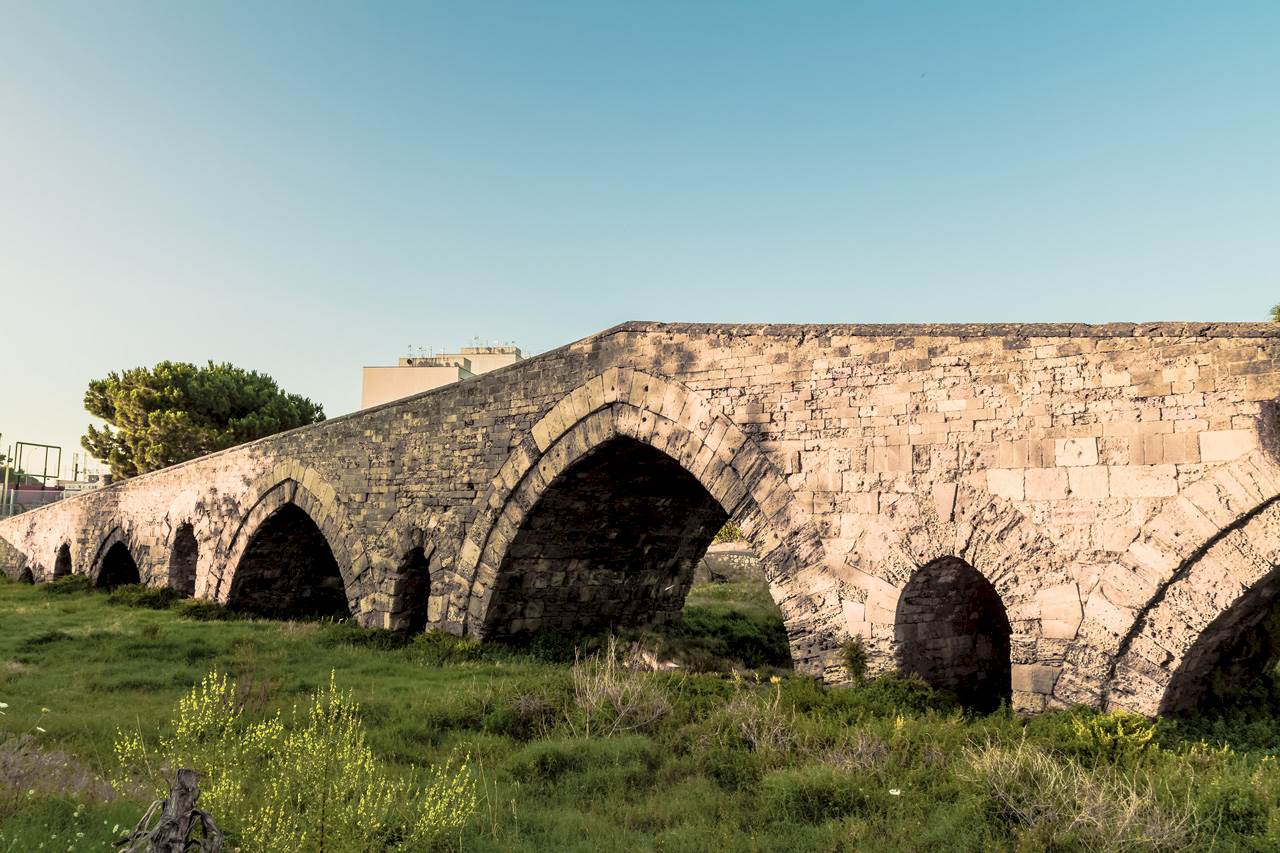
Just outside Palermo ...
Cathedral of Monreale
In nearby Monreale is precisely the famous Cathedral of Monreale, built in 1174 by William II and dedicated to Santa Maria la Nova, which is also dedicated to the cloister of the Cathedral. The interior is made from pure gold mosaics fine skillfully worked by Byzantine workers, representing the Old and New Testaments. In the apse the Christ Pantocrator of Monreale dominates the composition, almost forcing the visitor to look up to admire it. Although out of town, the Duomo is a part of the Arab-Norman Unesco definitely for its undeniable beauty and history.
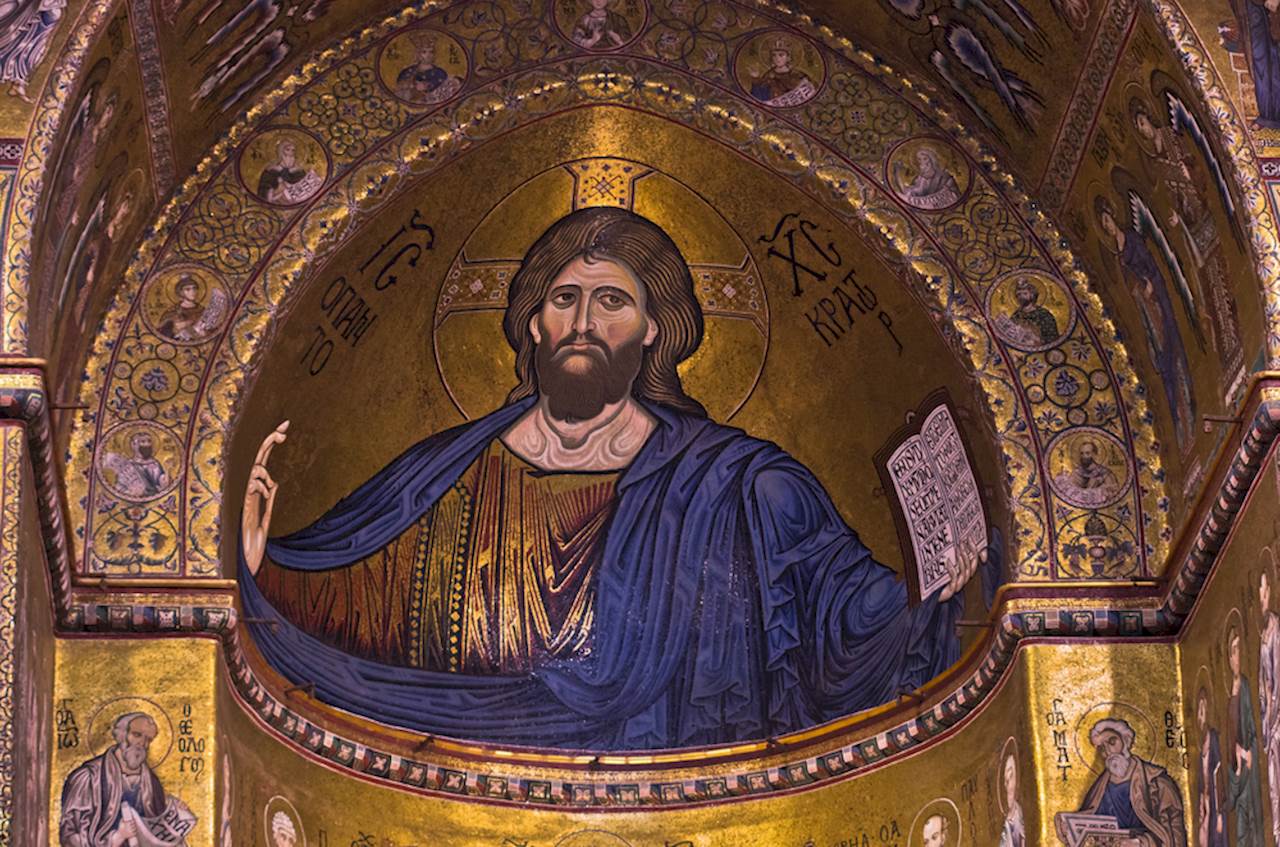
Cathedral of Cefalù
Our route through the beautiful Arab-Norman UNESCO concludes with Cefalu, about 90 km from Palermo. Cefalu is scenery of a legend. The story goes that Roger II, after having survived a terrible storm, landed miraculously in Cefalu. To thank God, he decided to build the Cathedral of Cefalu, offering art and history a rare jewel.
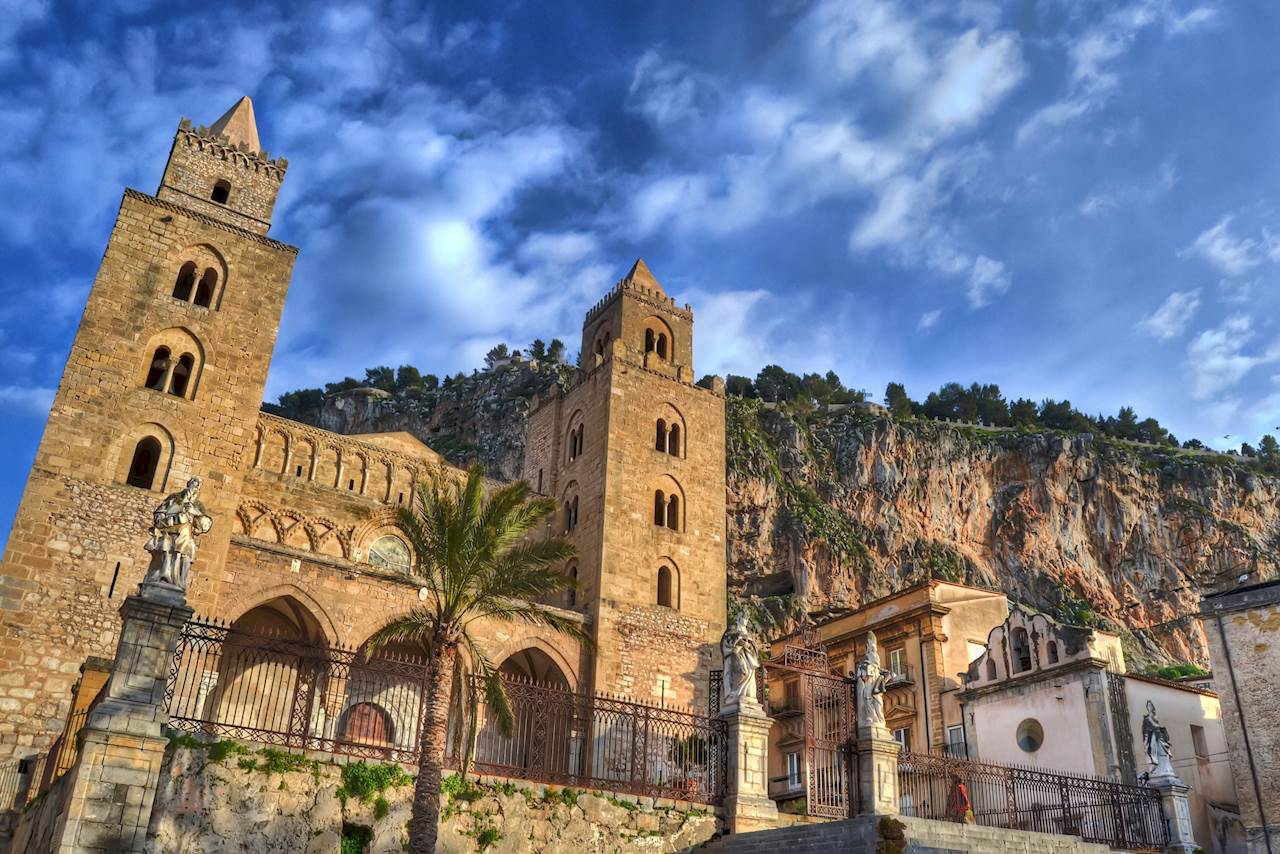
After the king's death, the cathedral became a military fortress, also thanks to the battlements on the southern and secret tunnels. The mosaics in the sanctuary, Christ Pantocrator, so similar to the Cathedral of Monreale, and the stucco neoclassical reiterate what Palermo has been a World Heritage Site and cultures even before Unesco.
So many things to see, treasures often difficult to visit but just as beautiful to discover.
View the itinerary to Google Maps.
We at the Hotel Florio Operà Palermo we offer affordable rates to stay near the historic center of Palermo.



